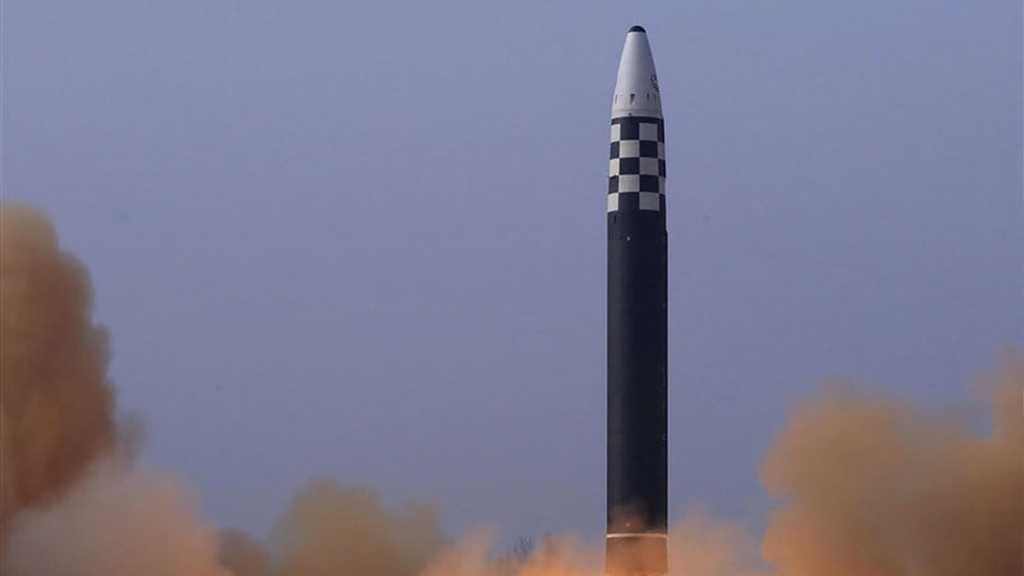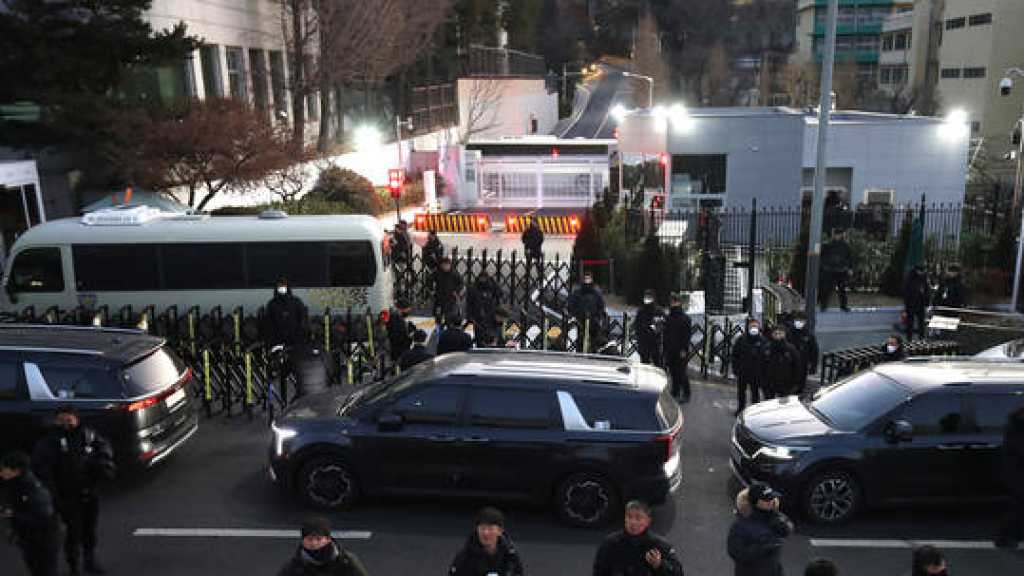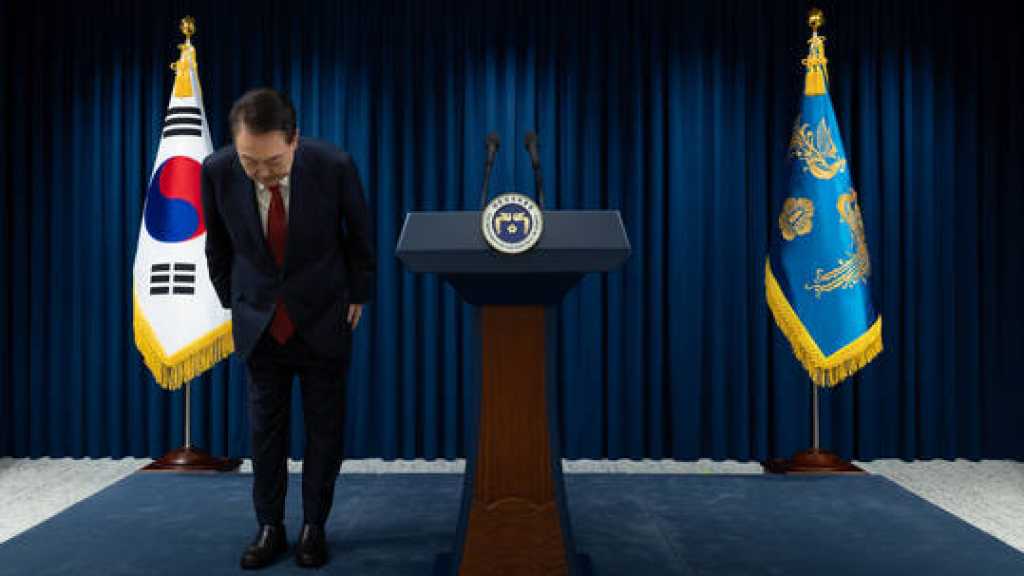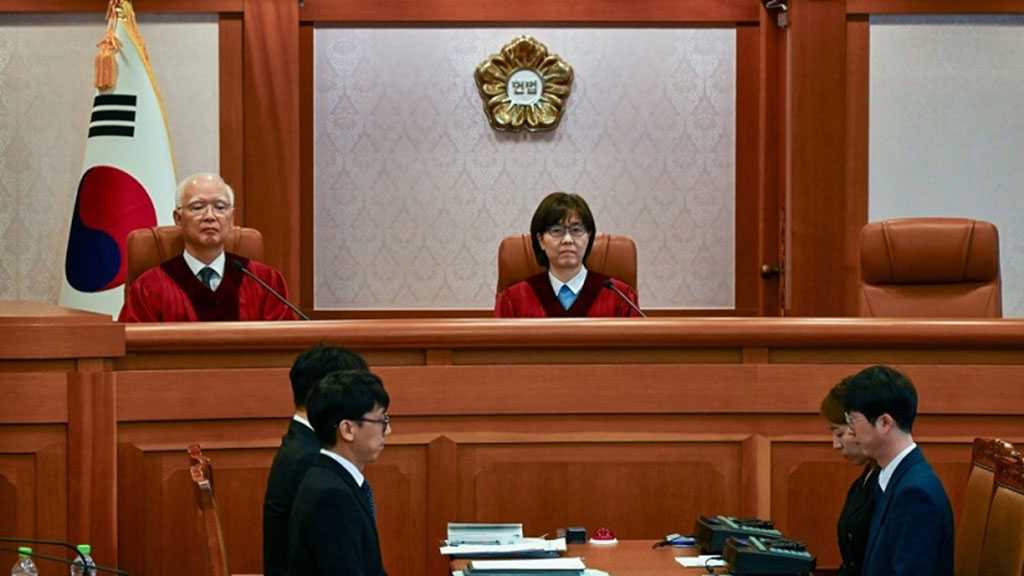
N-Korea To Restart Nuclear Facilities, US Deploys Destroyer

Local Editor
North Korea vowed Tuesday to restart all mothballed facilities at its main Yongbyon nuclear complex, adding to tensions already raised by near daily warlike threats against the United States and South Korea.
The reactor was shut down in 2007 as part of international nuclear disarmament talks that have since stalled.
A spokesman for the General Department of Atomic Energy said that the facilities to be restarted are a graphite-moderated 5 megawatt reactor, which generates spent fuel rods laced with plutonium and is the core of the Yongbyon nuclear complex. The reactor, when fully running, is capable of churning out one atomic bomb worth of plutonium - the most common fuel in nuclear weapons - a year.
This comes hours after the US placed Tuesday a destroyer off the South Korean coast against a possible missile strike, the latest in a series of publicized US deployments to counter North Korean threats.
The USS Fitzgerald was moved to the southwestern coast after taking part in annual military exercises, instead of returning to its home port in Japan, a US military official stated on condition of anonymity.
The deployment came hours after a gathering of North Korea's rubber-stamp parliament adopted a law formalizing the country's status as a nuclear weapons state.
The Korean peninsula was caught in a cycle of escalating tensions since the North launched a long-range rocket in December and followed it with a nuclear test in February.
In this light, the shifting of the USS Fitzgerald was "a prudent move", the US official said, adding that it would offer "greater missile defense options should that become necessary."
Earlier on Monday, the US military announced it deployed F-22 Raptor stealth fighters to South Korea as part of the ongoing annual "Foal Eagle" joint military exercise.
Pentagon spokesman George Little said the F-22s were an "important display" of US commitment to its military alliance with the South.
"The North Koreans have a choice. They can continue to engage in provocations, with bellicose, overheated, irresponsible rhetoric, or they can choose the path of peace," Little told reporters.
North Korea already threatened to strike the US mainland and US bases in the Pacific in response to the participation of nuclear-capable US B-52 and B-2 stealth bombers in the "Foal Eagle" drill
"Despite the harsh rhetoric we're hearing from Pyongyang, we are not seeing changes to the North Korean military posture, such as large-scale mobilizations and positioning of forces," White House spokesman Jay Carney said.
Meanwhile, South Korea's new president, Park Geun-Hye, told senior military officials that any provocation from the North should be met with a "strong and immediate" military response, no matter what the political fallout.
The assertive US and South Korean stances suggest the two allies are working in close concert, and South Korean Foreign Minister Yun Byung-Se was in Washington for talks Tuesday with new US Secretary of State John Kerry.
The "continuing military threats from the North" will top the agenda, Yun's ministry said in a statement.
Source: News Agencies, Edited by moqawama.org
Comments
- Related News



